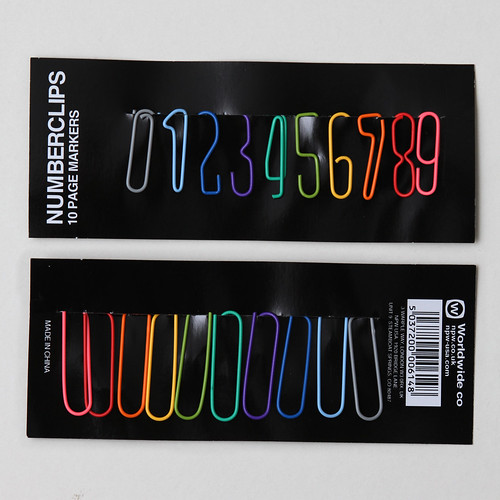PADLET
PADLET is a fantastic and extremely simple tool that I have been using for several of years with all classes I teach, but especially NC4 YL. It is one of these tools that you can never get bored with. PADLET is excellent for both individual and group tasks. It works like a sheet of paper where you can put anything (images, videos, documents, text) anywhere, from any device (pcs, tablets, phones).
What did I use PADLET for with my students:
Click on the title.
- For saying HELLO to each other
- For expressing opinions about Brexit (speaking)
- For reflecting on QUOTES FROM SHAKESPEARE
- For talking about EXTINCT LANGUAGES
- For writing RESTAURANT RECOMMENDATIONS
- For writing HAIKU
- For writing RECIPES
- For writing about TRADITIONS
- For writing about WORK PLACEMENT
and many more.
Below, a short overview how to use it in a video by Richard Byrne (technology in teaching guru).
POPPLET
Popplet is a free online tool that allows you to create mind mapping and brainstorming diagrams. A free version is rather limited and it lets you create 5 popplets. But, if you don’t plan storing live popplets, a free option should be more than enough. Plus, you can export them as a jpg or pdf file if you want to save your students’ work. It’s an excellent tool for mindmapping and presentations for individual, class/group or pairwork. The tools allows you to use a range of formats such as video, word, pdf. Unfortunately, you can’t attach any audio file. At least for the time being.
What did I use POPPLET for with my students:
For a collaborative class project THE MUSEUMS OF EDINBURGH (class trip) http://popplet.com/app/#/2667368
- For individual presentation COUNTRIES (students shared their popplets with me)
- For group presentations on INSPIRATIONAL WOMEN
I also used popplet whilst studying with teaching English with technology course for presentations:
- In collaboration with my partner Sayed – Dos and DON’Ts on TECHNOLOGY IN CLASS
- Individual – HOW TO USE VIDEO in CLASS
You can make your popplet totally private or totally public. There is a collection of public popplets you can use freely although you need to check whether the content is appropriate. No copyright issues unless you are inserting a physical file.
HOW TO USE POPPLET.
Finally EASEL.LY – a program not maybe as attractive as Glogster but FREE.
You can either build your own infographic by dragging and dropping pre-made design elements on the in-built canvas or you can use a blank canvas or build upon one of Easel.ly’s themes. If Easel.ly doesn’t have enough pre-made elements for you, you can upload your own graphics to include in your infographic. Your completed infographic can be exported and saved as PNG, JPG, PDG, and SVG files.
I’ve come across it quite recently and used it, successfully in my opinion, with my students, for EMPLOYERS’ ENGAGEMENT EVENT in June 2016.






